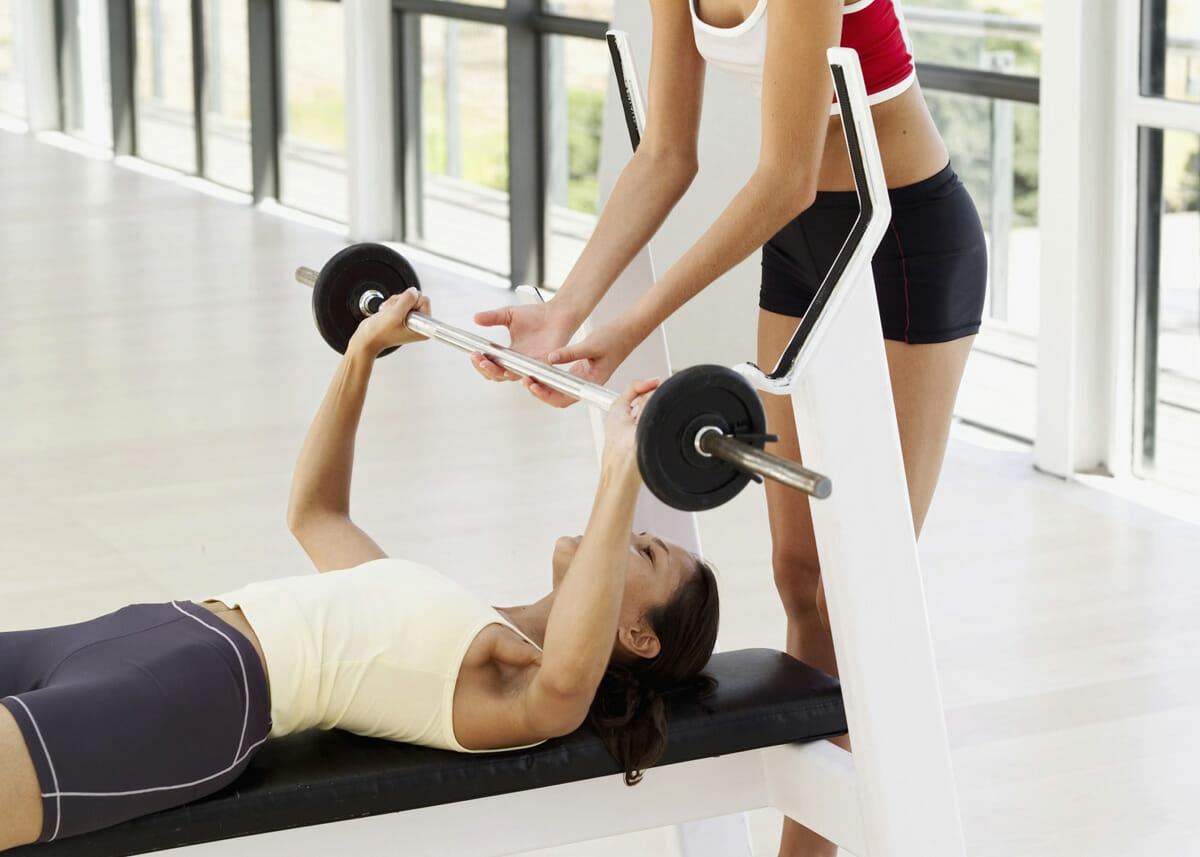Massage is one of the earliest forms of physical therapy and a recognised recovery aid for people who take part in sport, as a hobby or competitively, which can dramatically enhance performance.
What does a sports massage include?
The three main types of massage used in sport are effleurage, petrissage and frictions. The main pressure and hand movements are directed towards the heart to increase blood flow.
Effleurage consists of a variety of stroking movements and is ‘explorative.’ Petrissage is used on deeper tissues for stretching muscle fibres. Frictions may be used for exploratory purposes, or for more intense massage such as separating muscle fibres.
Why have a sports massage?
A massage therapist who carries out sports massage will have a good understanding of muscular and skeletal systems and be able to tailor treatment to an individual’s needs. If you have a busy training schedule, it would be beneficial to seek a mobile massage or a home massage.
Those who take part in regular activity are at risk of overuse injuries and imbalances to the soft tissues in the body. If the ‘wear and tear’ is left without treatment, it can spiral into bigger problems and chronic pain, thus hampering sporting potential. A regular, skilful massage can release tension in the muscles and restore balance.
It also aids relaxations and eases stress. It can be used to prevent injuries or as part of recovery. A massage therapist can detect problem areas early and avoid a build-up of tension which may lead to injury and stress on the joints, ligaments, tendons and muscles of the body.
Massage for a sporting event
If you are competing in a sporting event, such as a run or triathlon, it is worth investing time into massage and treat it as an important part of the training schedule. Leading up to the event, ensure that you have regular sessions to avoid overuse injuries. You may be feeling anxious and a massage can help release stress.
Pre-event massage will aid with warming up the muscles and enhancing circulation and the flow of blood through the muscles. A therapist who can come to your home or a mobile therapist, would be most beneficial. The purpose of a pre-event massage is usually to stimulate the muscles and prepare them for the activity.
A post-event massage can help break down the lactic acid which builds up in the muscles. It can also act as a relaxation technique and enhance the recovery process.
Rehabilitative massage
A good sports massage can speed up the healing process and reduce discomfort in the body, allowing you to get back on track quicker. As such, it is effective as part of the rehabilitation process and eradicates stress in the body and on muscles.
Maintenance massage
A regular massage treatment programme is beneficial for any ongoing ‘issues’. A therapist will be able to concentrate on particular muscle groups and help maintain, or even improve, performance and movement.
Contrary to popular belief, a sports massage is not necessarily for very active people or athletes.
Absolutely anyone can benefit from sports massage, including people in physically demanding jobs such as labouring or mining, or, surprisingly, less manual jobs which induce regular postural stresses on the body (such as hairdressing).
A consultation with a massage therapist will help you determine the best course of treatment for you and your lifestyle.
There are times when sports massage can actually be detrimental. These include on sprained ligaments, muscles tear, haemophilia, infectious skin diseases and cancer. It is important to get advice and determine your personal suitability for this course of action or discover other options open to you.
If it is the advised course, aim for weekly sessions and increase them with any increases in sporting activity or if you feel you have problem areas which need extra attention.
